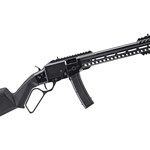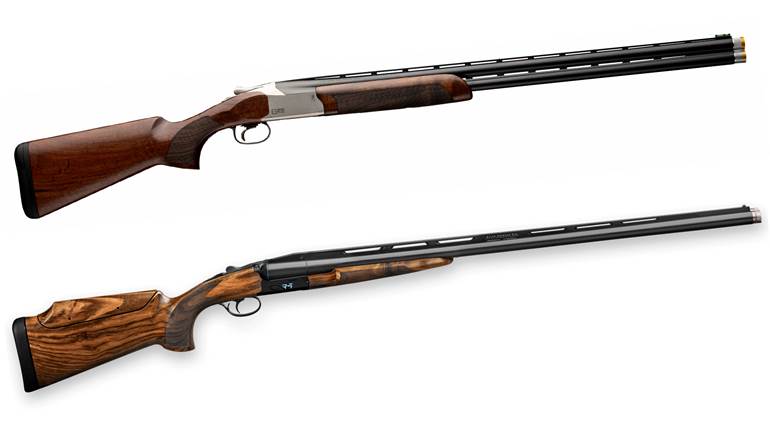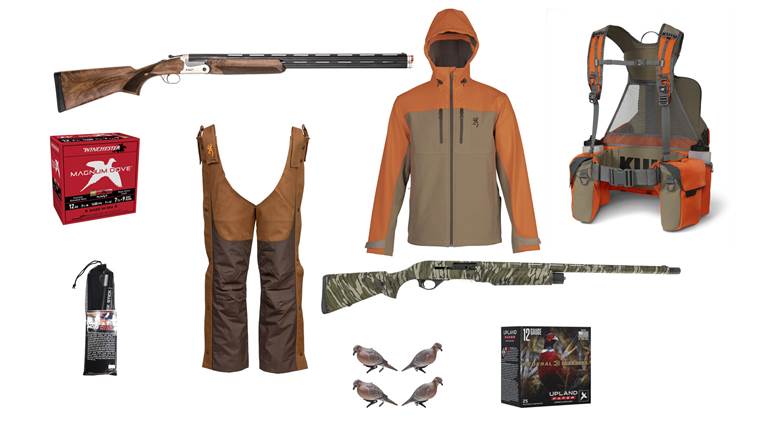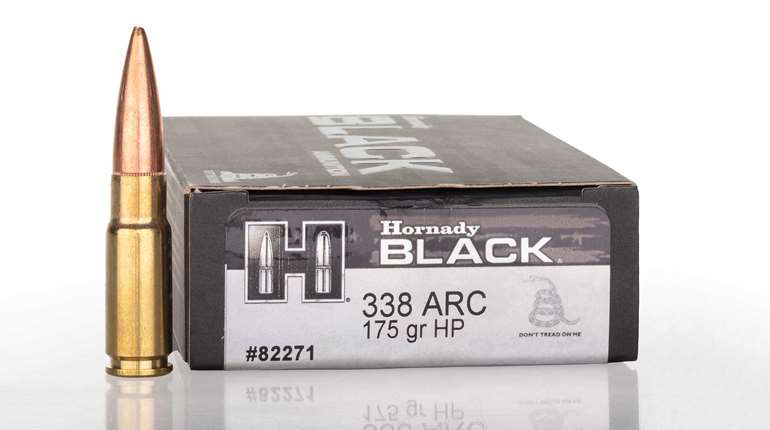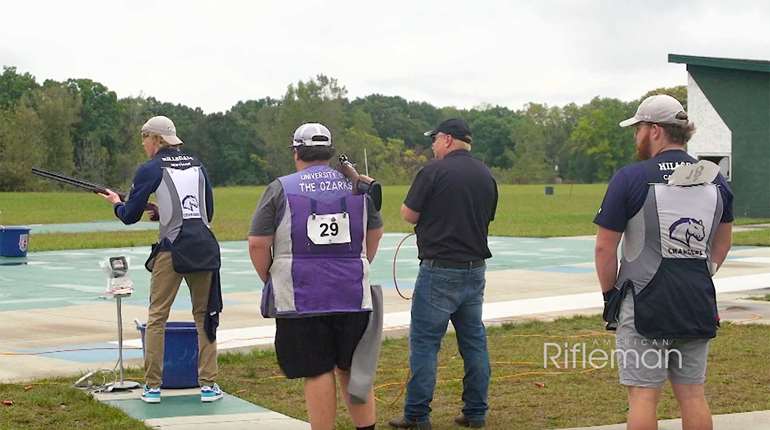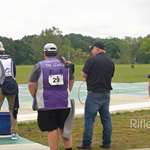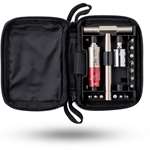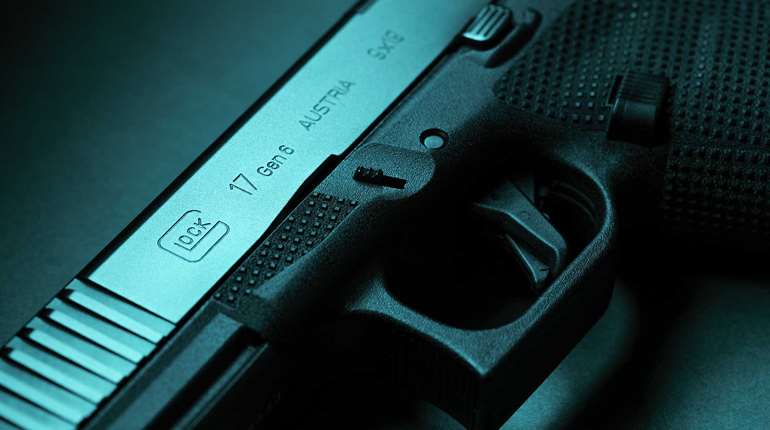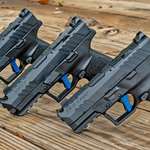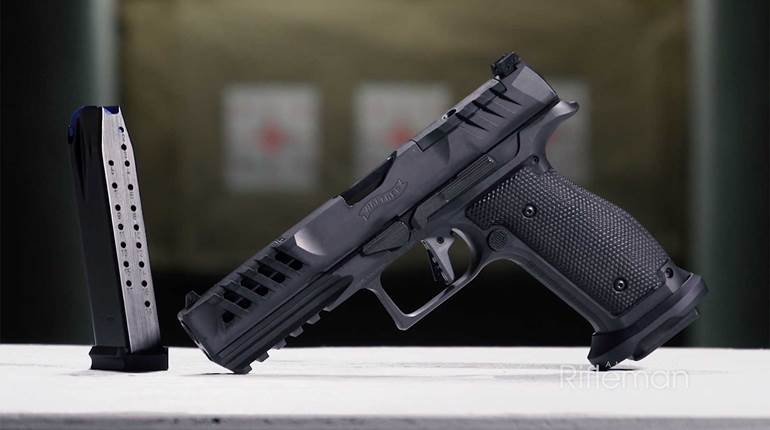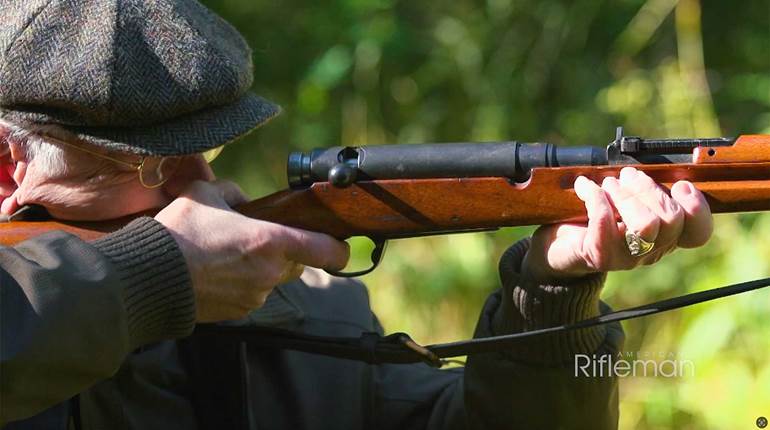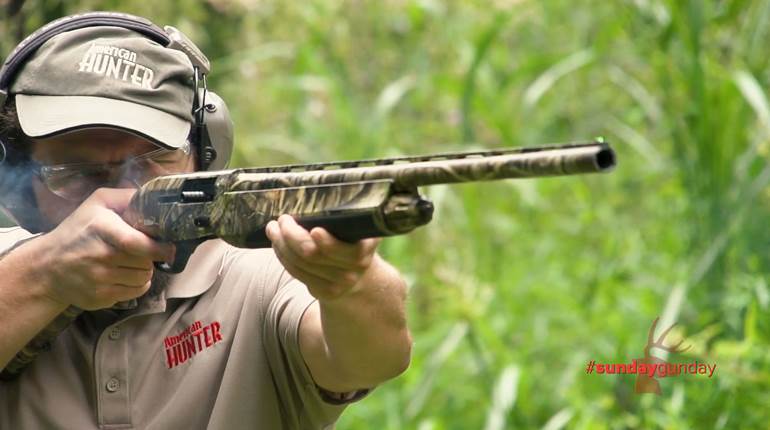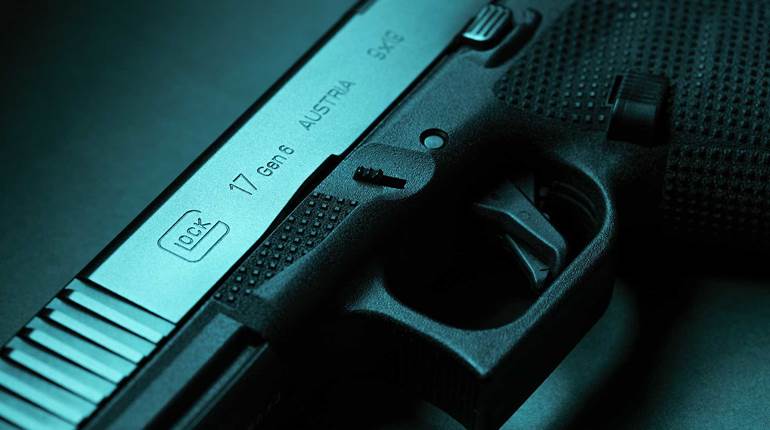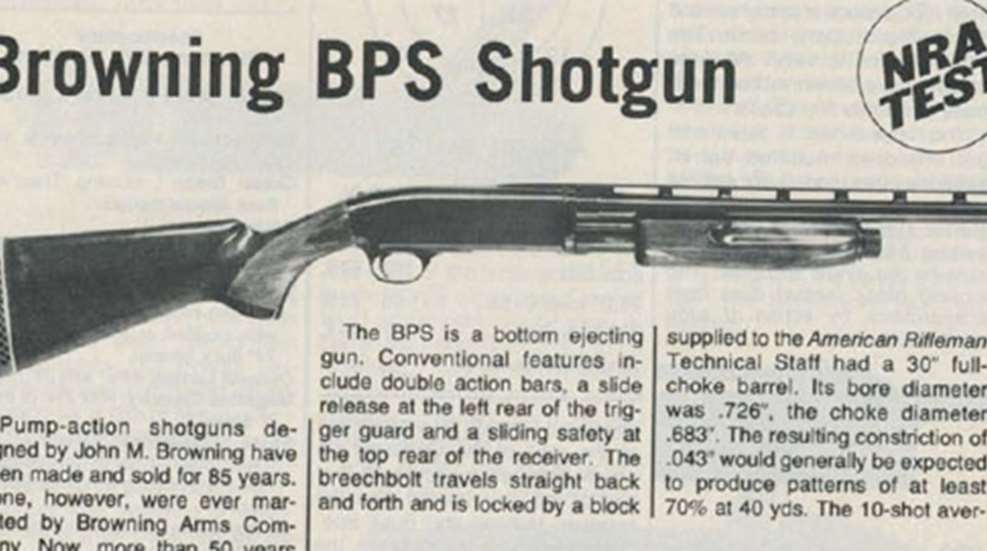
June, 1978
Pump-action shotguns designed by John M. Browning have been made and sold for 85 years. None, however, were ever marketed by Browning Arms Company. Now, more than 50 years after Browning’s death, a pump shotgun bearing the company name has become available.
Called BPS (Browning Pump Shotgun), the new gun is offered in 12-ga. only. There are three versions. The Hunting and Trap models are fitted with a ventilated rib; the Buck Special model, intended for shooting slugs, is fitted with open rifle sights.
The BPS is a bottom ejecting gun. Conventional features include double action bars, a slide release at the left rear of the trigger guard and a sliding safety at the top rear of the receiver. The breechbolt travels straight back and forth and is locked by a block which rises to engage a hole in the barrel extension.
Unlike the Remington Model 17 and the Ithaca Model 37, which were based on Browning patents, downward movement of the BPS shell carrier is not required to eject fired shells. This makes possible the unique BPS magazine cutoff which also deactivates the shell carrier.
Turning a ring around the receiver end of the magazine tube activates the cutoff. When the index line on the cutoff ring is rotated to align with a letter R stamped in the receiver, the cutoff is disengaged, and the gun feeds from the magazine as a repeater. When the index mark is aligned with the letter S, the magazine cutoff is engaged and the shell carrier deactivated. Shells to not feed from the magazine, and the carrier arms are held at the top of the receiver where they do not interfere with loading the gun with action open. The primary purpose of this feature is to allow changing the shell in the chamber while retaining those in the magazine.
The sample Hunting model supplied to the American Rifleman Technical Staff had a 30” full-choke barrel. Its bore diameter was .726”, the choke .683”. The resulting constriction of .043” would generally be expected to present patterns of at least 70% at 40 yds. The 10-shot average of the one load tested was only 57%. This may be at least partially explained by the choke length. The tapered portion measured over 3” long and the .683” cylindrical portion at the muzzle over 1.5”. This choke form may be representative of the change made in 1975 to lessen the effect of steel shot on Browning barrels. Long chokes tend to give more open patterns than shorter chokes having the same constriction.
Individual patterns varied from 53% to 62%. Pattern centers averaged .87” low and 1.37” to the right of the point of hold. The lower quadrant of the patterns also averaged out as the most dense by a small amount. The greatest variation within a single pattern was an upper left quadrant with 16 hits and a lower right quadrant with 64.
Excellent results at 16-yd. trap were obtained with standard 1 1/8 oz. target loads. The denser patterns provided by 1 ¼ oz. loads of No. 7 ½ shot broke targets well from as far as the 27-yd. line. Handling qualities of the gun were found to be very favorable.
Engaging the magazine cutoff makes the cartridge carrier inoperative. This eases loading and unloading when trapshooting. It is unnecessary to turn the gun upside down to load. Simply hold the shell with the thumb against its base and push it into the chamber. The empty case may be caught in the same hand by holding it under the loading port as the slide handle is pulled rearward.
No malfunctions were experienced in the more than 500 rounds fired through the sample gun. Felt recoil was moderate with all but the 2 ¾” and 3” magnum loads. The action worked rather roughly and did not improve materially during the test.
The Browning BPS has a steel receiver. The breechblock, slide, and trigger are steel castings while the hammer, sear, and slide release are steel stampings. The trigger plate is an aluminum casting. The walnut stock and forearm have 18 line-per-inch checkering and a smooth glossy finish. The Trap model stock is straighter and has a Monte Carlo comb. The length of pull is 14 3/8”. All three models have brown rubber recoil pads and white line spacers.
The Trap model is listed with 30” improved modified barrel, while the other models are not, but BPS barrels may be purchased separately and are interchangeable on any BPS receiver. Barrel alignment is made by a projection at the rear of the ventilated rib which engages a recess in that part of the rib mounted atop the receiver. Hunting and Buck Special models have 3” chambers, the Trap model 2 ¾”. Trap barrels have ivory front and middle beads, while Hunting barrels have a metal front bead only.
All exposed surfaces are well finished. Its fine finish and smooth lines combine to make the Browning BPS a most attractive shotgun.











